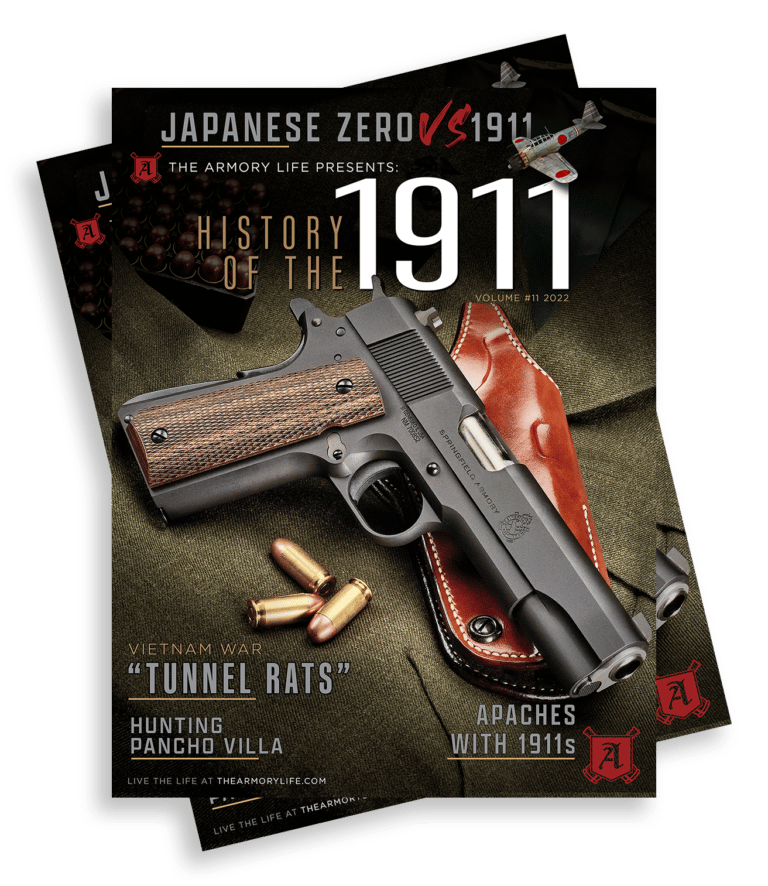Hunting Pancho Villa with the 1911
November 26th, 2019
5 minute read
Violence on the US-Mexican border is nothing new. Even so, many Americans have never heard of the deadly raid staged by Mexican revolutionary leader Pancho Villa against the tiny border town of Columbus, New Mexico.
In the early morning hours of March 9, 1916, Villa’s men crossed the border and in an unprovoked attack, killed and wounded American citizens and caused considerable damage.
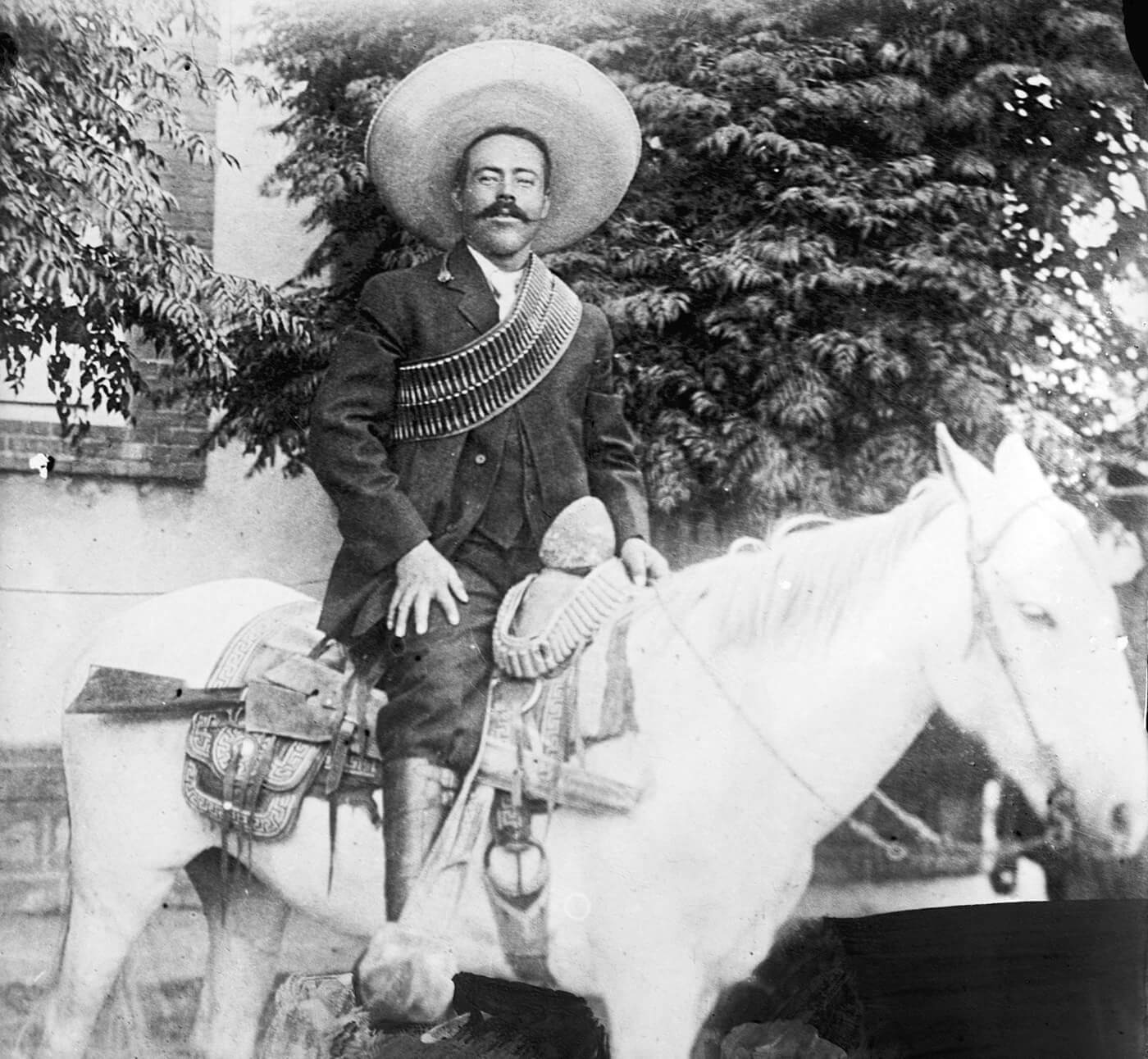
Seeds of Violence
During 1915, as a violent revolution dragged on in Mexico, President Woodrow Wilson gave Mexican Presidente Carranza his support and essentially endorsed him as the rightful leader of Mexico. Consequently, Pancho Villa sought revenge against America, and his cutthroat “Division of the North” targeted Columbus, New Mexico, which is just three miles from the border. The population of Columbus was little more than 300 residents. The number of occupants in town had recently doubled due to the influx of Mexican residents fleeing their homes in northern Mexico and the violence of Villa’s men.
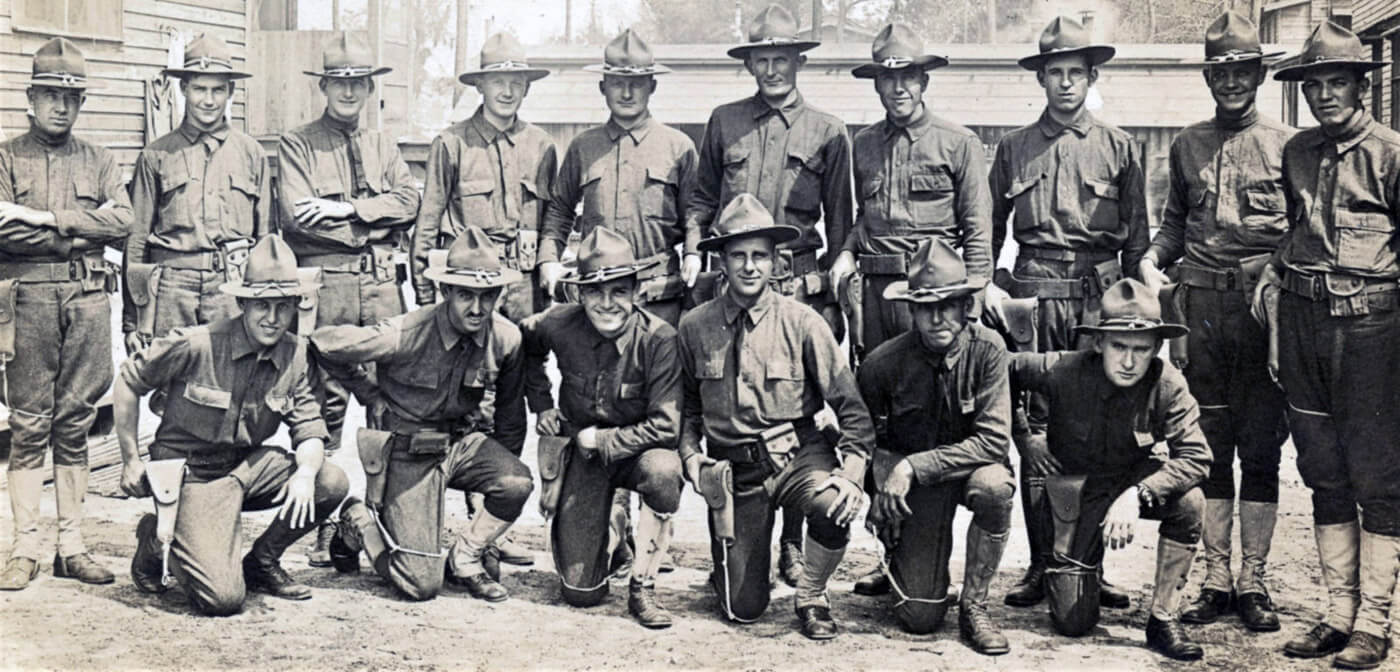
Apparently, Villa’s raid planners did not know or respect the fact that the U.S. 13th Cavalry had been recently posted nearby and was ready to defend the area. Cavalry patrols and guards were doubled in anticipation that trouble was brewing.
About 4:00 am on March 9th, the residents of Columbus were awakened by the sounds of the terrorist attack. About 600 of Villa’s men were attempting to loot local stores and were also setting fire to homes in Columbus. American townsfolk fought back as best they could, shooting it out with the “Villistas” using their own pistols, rifles and shotguns. Shouts of “Viva Villa” and “Viva Mexico” carried through the night air.
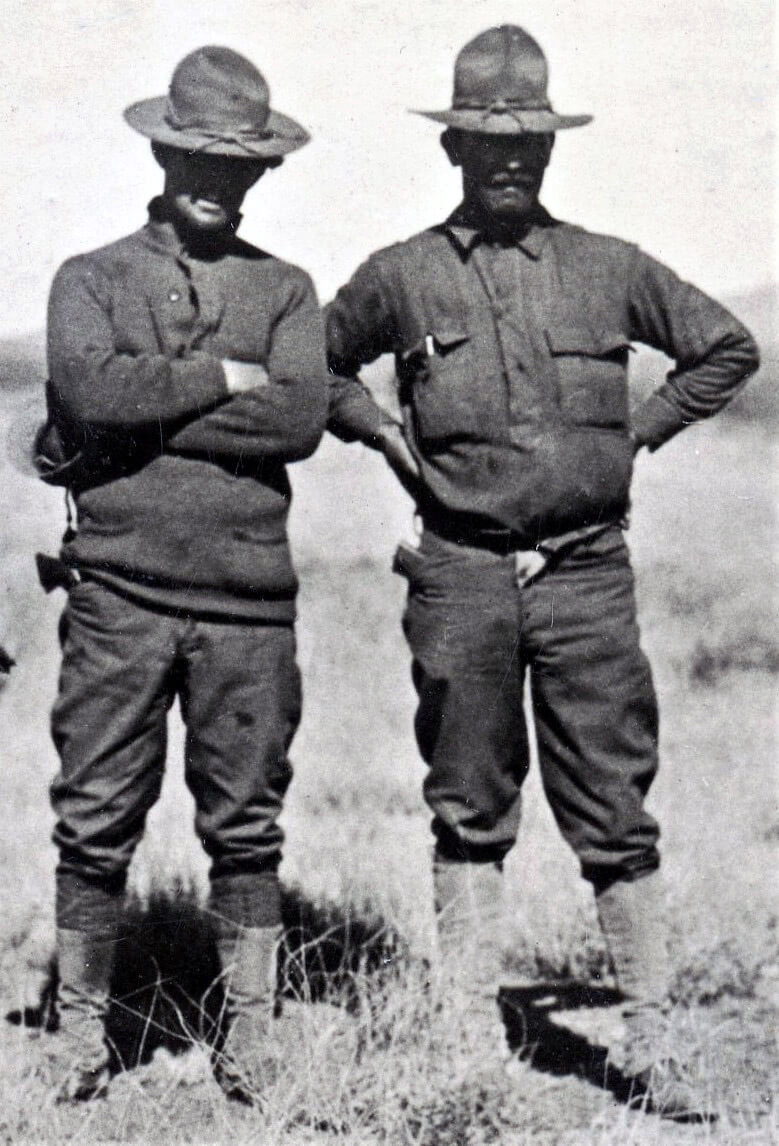
Crushing Response
The 13th Cavalry came to the rescue, under the command of Colonel Herbert Slocum. The Cavalry brought heavy firepower with them, including the new Benét-Mercié Machine Rifle, Caliber .30 US Model of 1909 — a light machine gun that used 30-round feed strips. They also carried the M1903 Springfield rifle. On their hip, of course, was the classic M1911 .45 caliber pistol.
After absorbing 90 minutes worth of American firepower, military and civilian alike, the Villistas left their dead and fled back to Mexico. Enraged, and observing the retreating Mexicans, the U.S. Cavalry did not let their opponent slip away. Major Frank Tompkins, with permission from Colonel Slocum, took his 3rd Squadron in pursuit of Villa’s men, chasing them almost 15 miles into Mexico. Tompkins men tangled with Villa’s rear guard at least four times, drawing blood on each occasion. American sabers slashed and M1911 pistols thundered each time. For this action, Major Tompkins was awarded the Distinguished Service Cross.
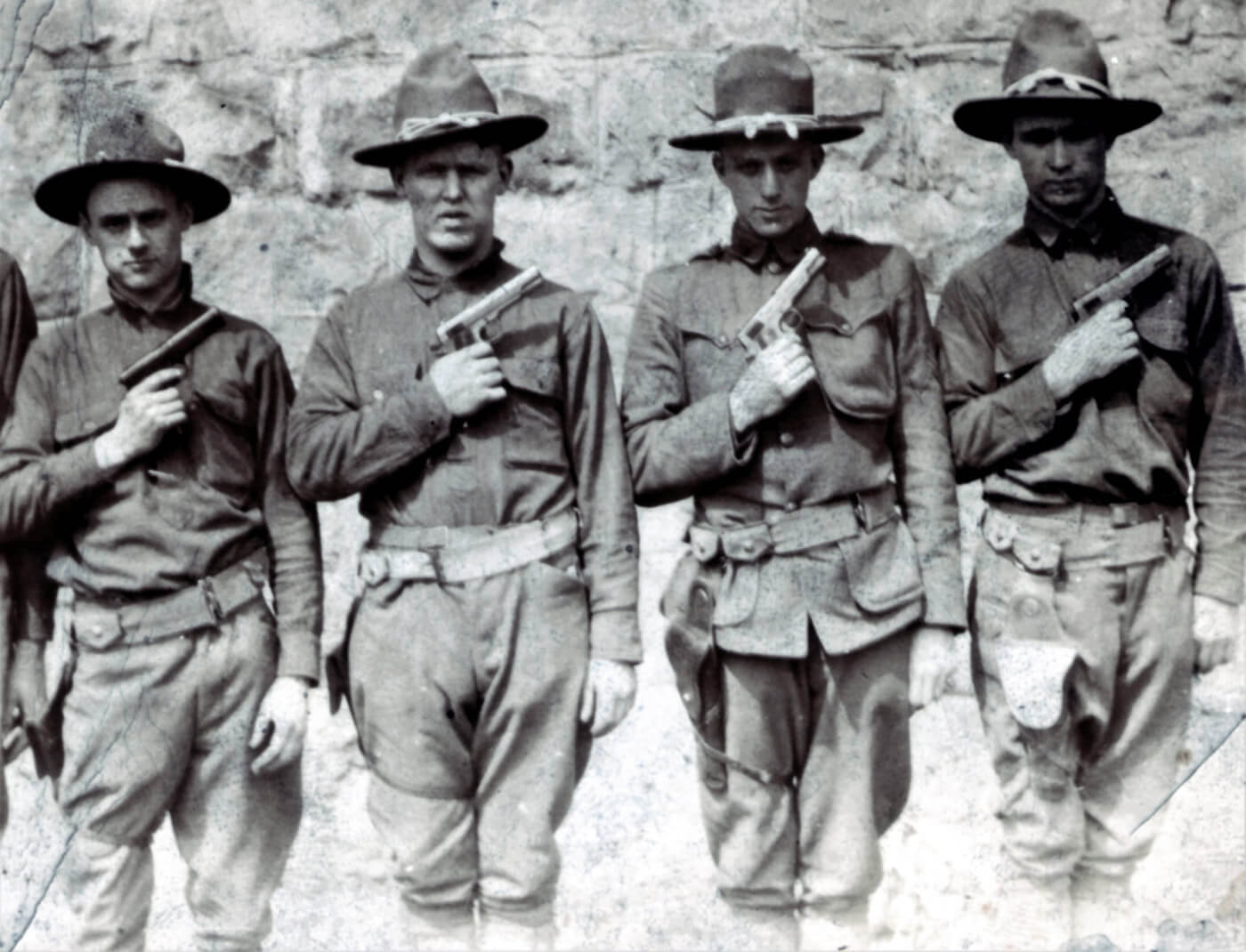
That night, America paid to defend itself in blood. The 13th Cavalry suffered eight dead and eight more wounded. Fifteen American civilians were killed. Villa’s men paid an even higher price for their terrorist attack — with as many as 170 of their group killed in the raid and as the 13th Cavalry pursued them into Mexico. Villa left 63 dead on the battlefield in Columbus, and six more were captured. All but one of them had been hanged by the end of June 1916.
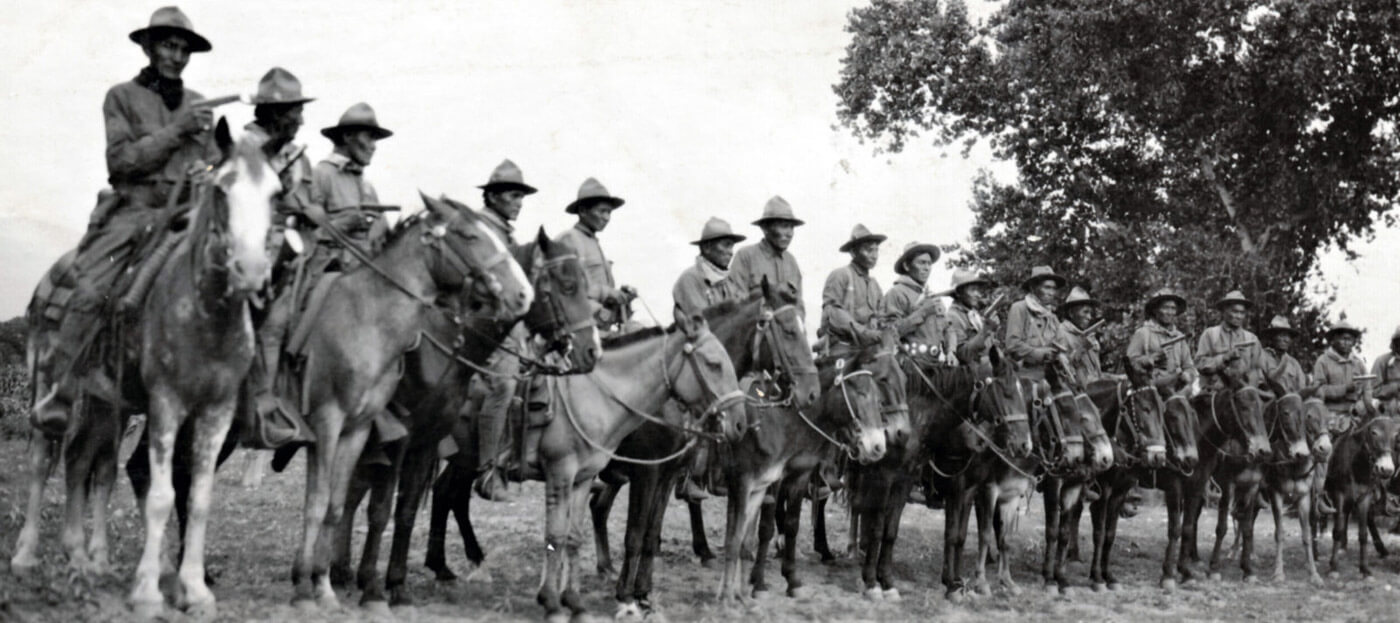
Righteous Pursuit
As one might reasonably expect, President Wilson, Congress and the American people were outraged by the attack on Columbus. However, the situation was complicated. Villa’s men were a revolutionary (and criminal) organization. Their actions were separate from the Mexican government forces. Regardless, the response from Washington was quick and decisive. Just one day after the attack on Columbus, President Wilson authorized a “punitive expedition” to capture Pancho Villa.
Wilson stated: “An adequate force will be sent at once in pursuit of Villa with the single object of capturing him and putting a stop to his forays.”
General John J. “Black Jack” Pershing was placed in command of a division-sized group to track down and capture or kill Pancho Villa. On March 15, 1916, about 7,000 American troops crossed into Mexico to find Villa and bring him to justice. (General Pershing can be seen on horseback in the lead image of this article, crossing a river in Mexico during the mission with an M1911 on his hip.)
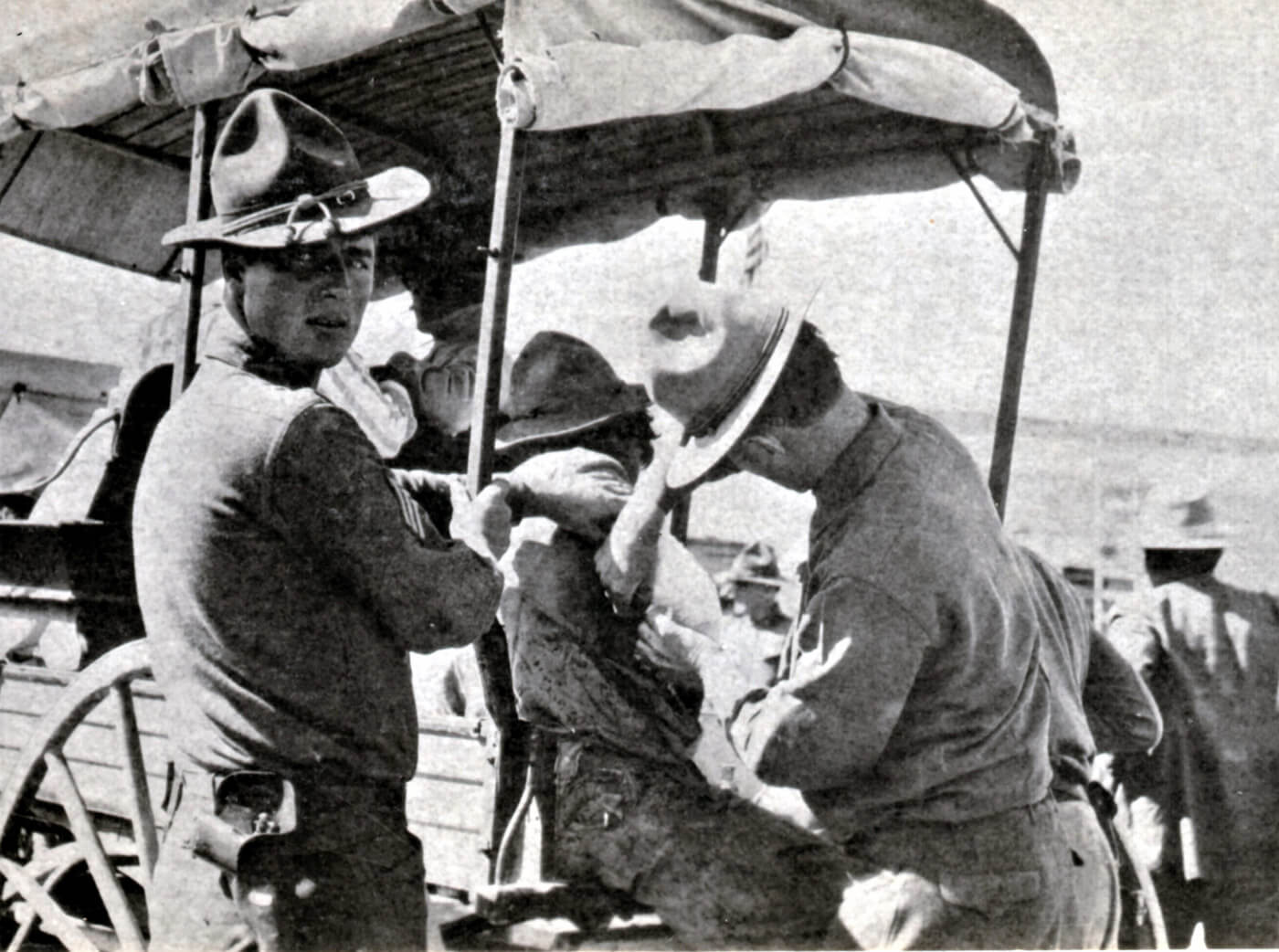
By the late summer of 1916, more than 100,000 American troops were on duty along the Mexican border. Nearly a year after the Columbus raid, Pershing’s expeditionary force had penetrated nearly 500 miles into Mexico and, despite engagements with the Villistas (and a few confused skirmishes with Carranza government “Federales”), Pancho Villa remained at large. Meanwhile, World War I loomed large in the background, and President Wilson decided to withdraw Pershing and his troops.
Villa had not been captured, but outright war with Mexico had been averted. In April 1917, the United States joined the Allies in the fight against Germany in World War I. Justice had been served, and the dead at Columbus had been avenged. Villa and his men would never again attack America.
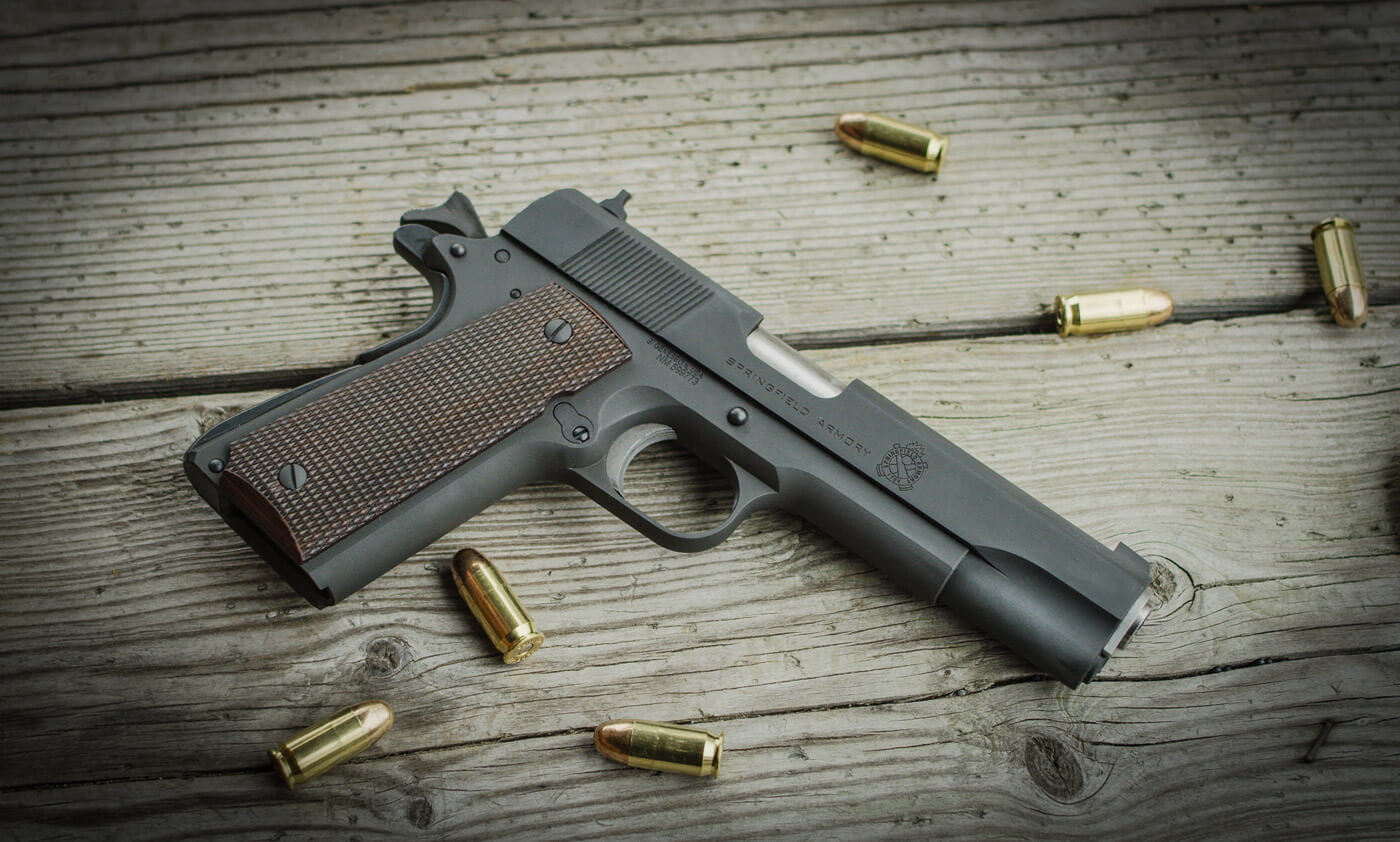
The Steady Sentinel
The M1911 has persevered for more than a century of service in one form or another, no doubt due to its appealing combination of power and reliability. The legacy of the classic .45 caliber automatic can be found today in Springfield Armory’s 1911 Mil-Spec. Patterned after the 1911A1 modification to the original M1911 and featuring a host of modern upgrades, it’s a classic pistol inspired by the legacy of the government issued M1911 the U.S. Cavalry carried into Mexico more than a century ago. But, this is one you can actually afford to buy today and not destroy your kids’ college fund when you shoot it!
Join the Discussion
Featured in this article
Continue Reading
Did you enjoy this article?

 495
495




